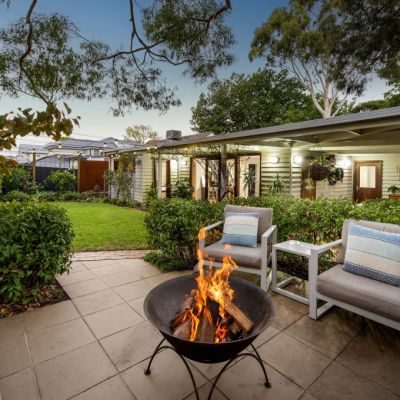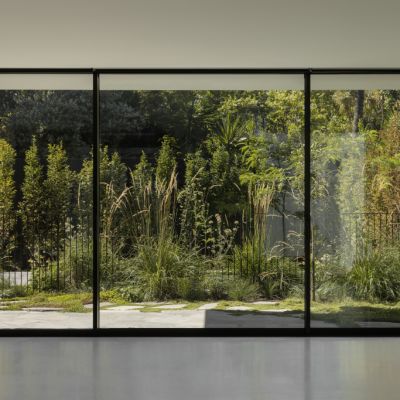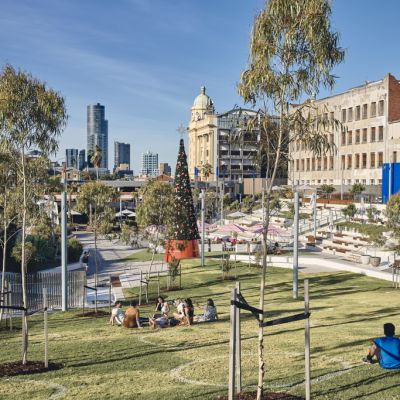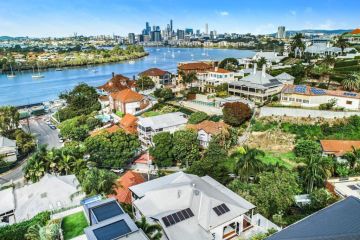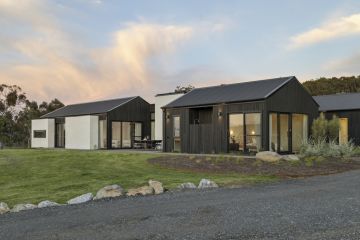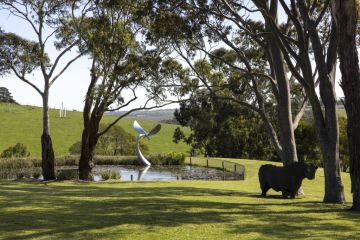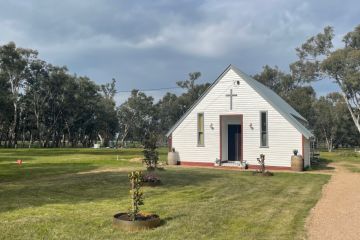NGVWA Garden Day: These luxury homes ripped up their tennis courts to make way for ripper gardens
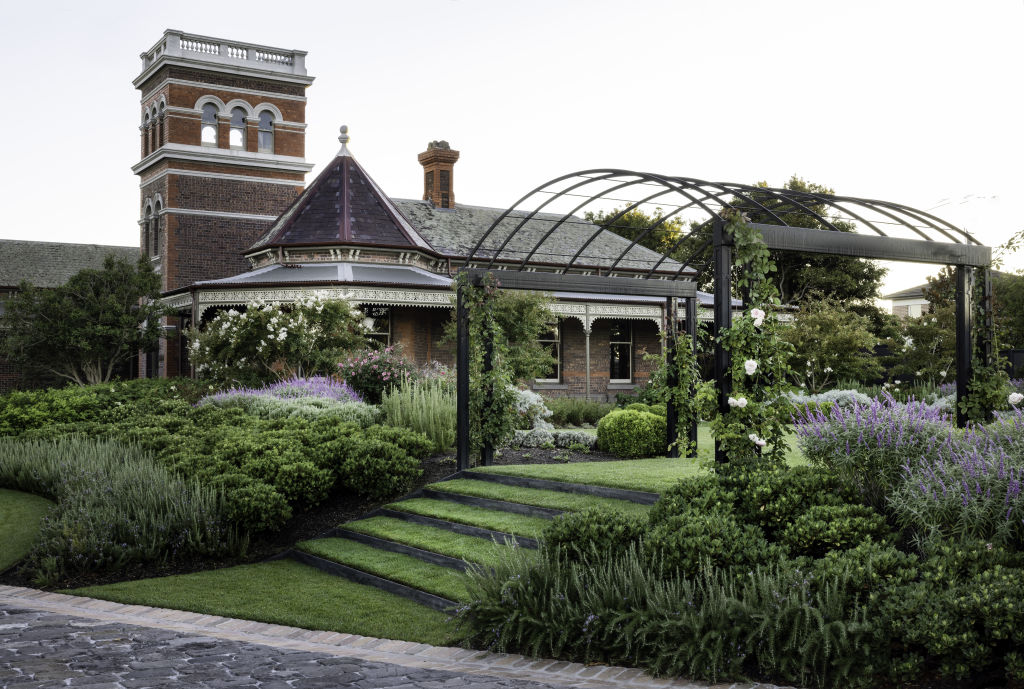
Brighton and its neighbouring prestigious pockets have long been associated with sprawling mansions, tennis courts and pool houses. Yet behind its grandest gates, a quieter transformation is taking root – one that values preservation over expansion, and gardens over concrete.
This year’s NGVWA Garden Day on October 23 will shine a light on this shift, opening six private gardens that speak to a new sensibility.
Among them is Fairfield Hall in Caulfield South, a Victorian estate where owners Steve and Sandra chose to remove their tennis court and replace it with an expansive garden.
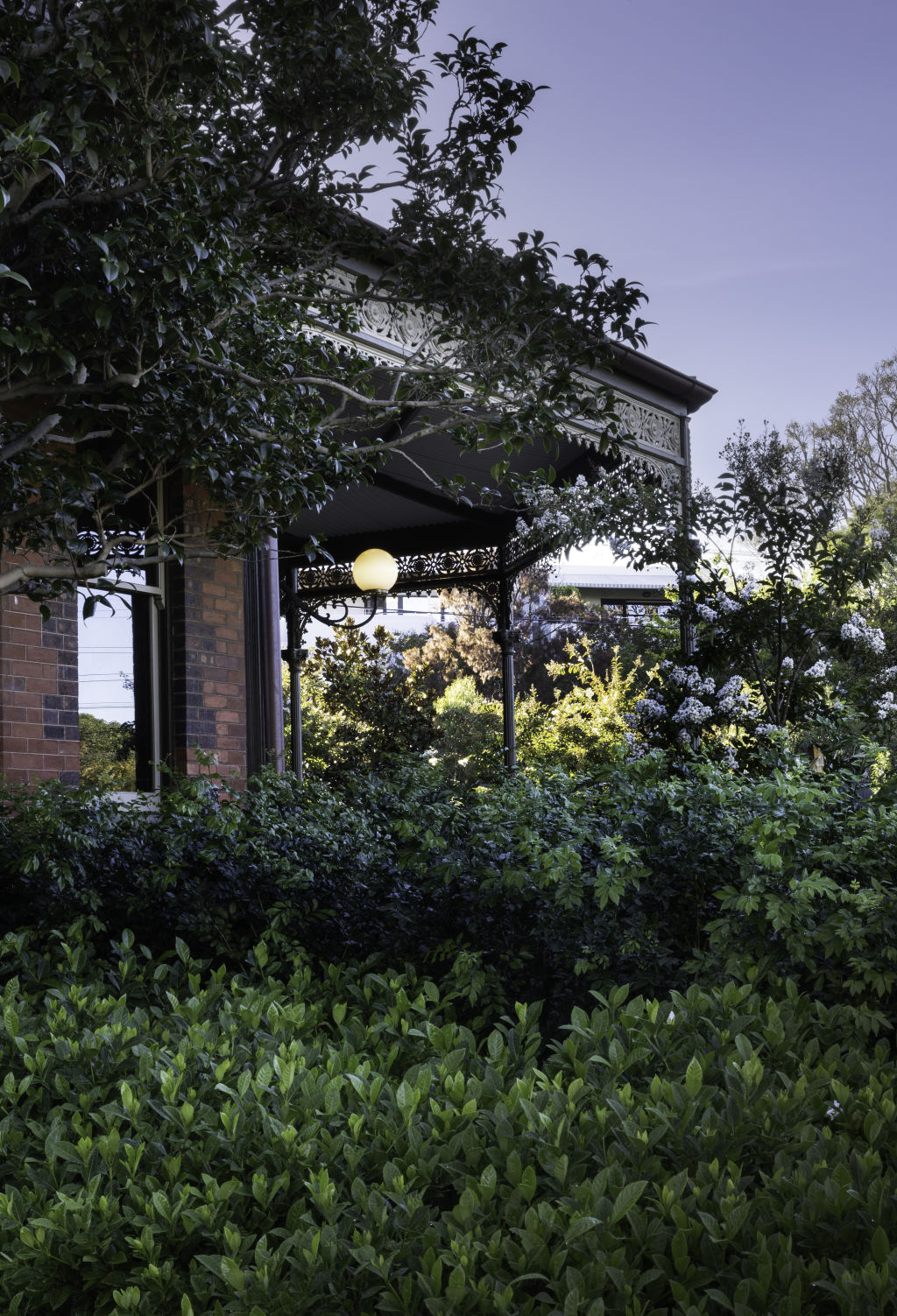
“We’ve admired Fairfield Hall for many years,” Sandra says. “We love Victorian homes and wanted to complement the house with a garden that would endure, something we could pass on as a legacy.”
“It’s easier to bulldoze than to restore, but we were determined not to do that. Our garden is a form of reflection – and as it grows, we hope it will bring joy to others long after we’re gone.”
The couple worked with landscape designer Paul Bangay, who saw an opportunity for grand planting to reflect the estate’s equally grand architecture.
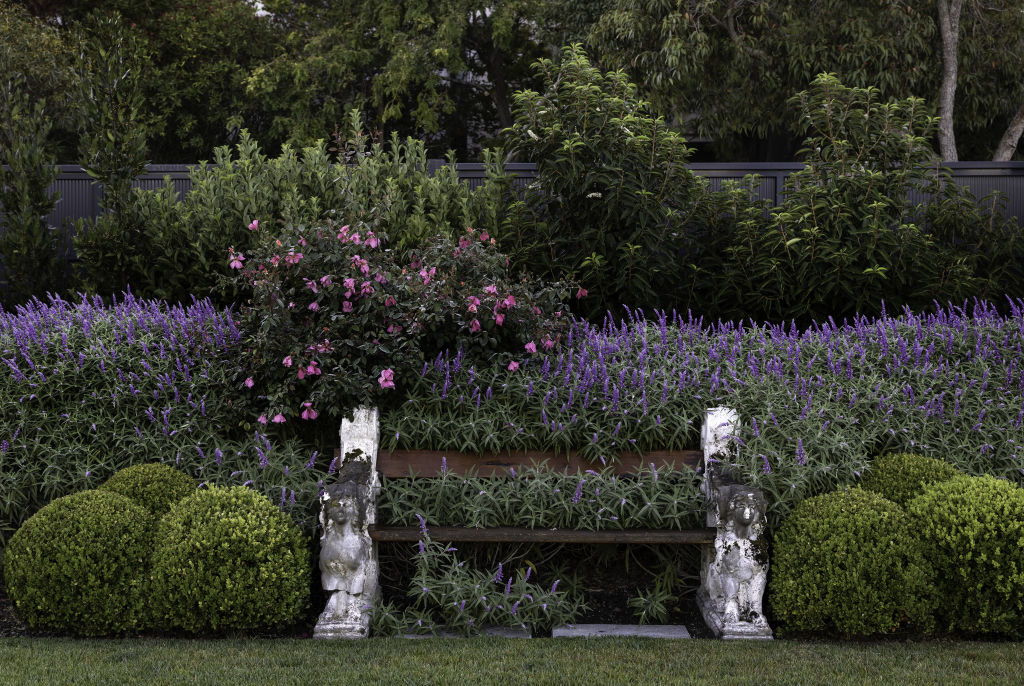
“This house called for scale,” Bangay explains. “A lawn for entertaining, deep beds of flowering perennials, evergreens for structure and privacy. The brief was to create a garden full of pickable flowers – a living extension of the home.”
For Bangay, replacing the tennis court was a wise decision. “A tennis court is lifeless,” he says. “Replacing it with planting makes it soft, alive and full of interest. The only challenge is the compacted soil underneath, but with care, it can be made fertile again.”
The renewal redefined the way the house connects to its grounds. From the front rooms, views now draw the eye to a central fountain, framed by lush borders and a trailing pergola.
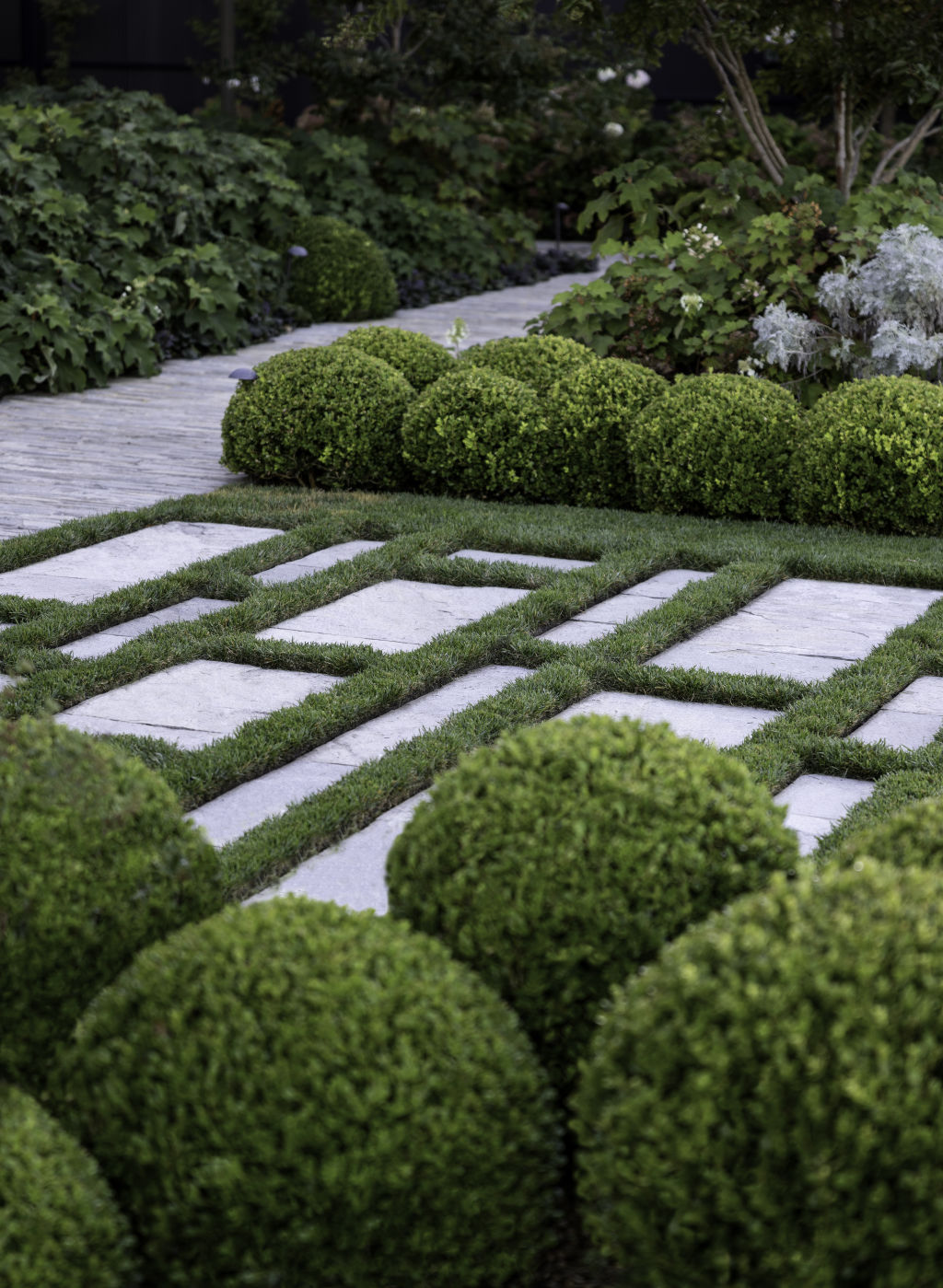
“The new sightlines entice you out into the garden,” Bangay says. “It lures you, visually and physically, into a space that feels both formal and full of life.”
Yet even as Fairfield Hall blossoms, Bangay concedes such choices remain rare. “Sadly, most still prioritise recreational fixtures like trampolines,” he says. “Fairfield Hall shows what can happen when green space comes first.”
For Robyn Lea, NGVWA vice-president and Garden Day co-convenor, Fairfield Hall embodies the essence of this year’s theme: Saving Gardens, Saving Homes.
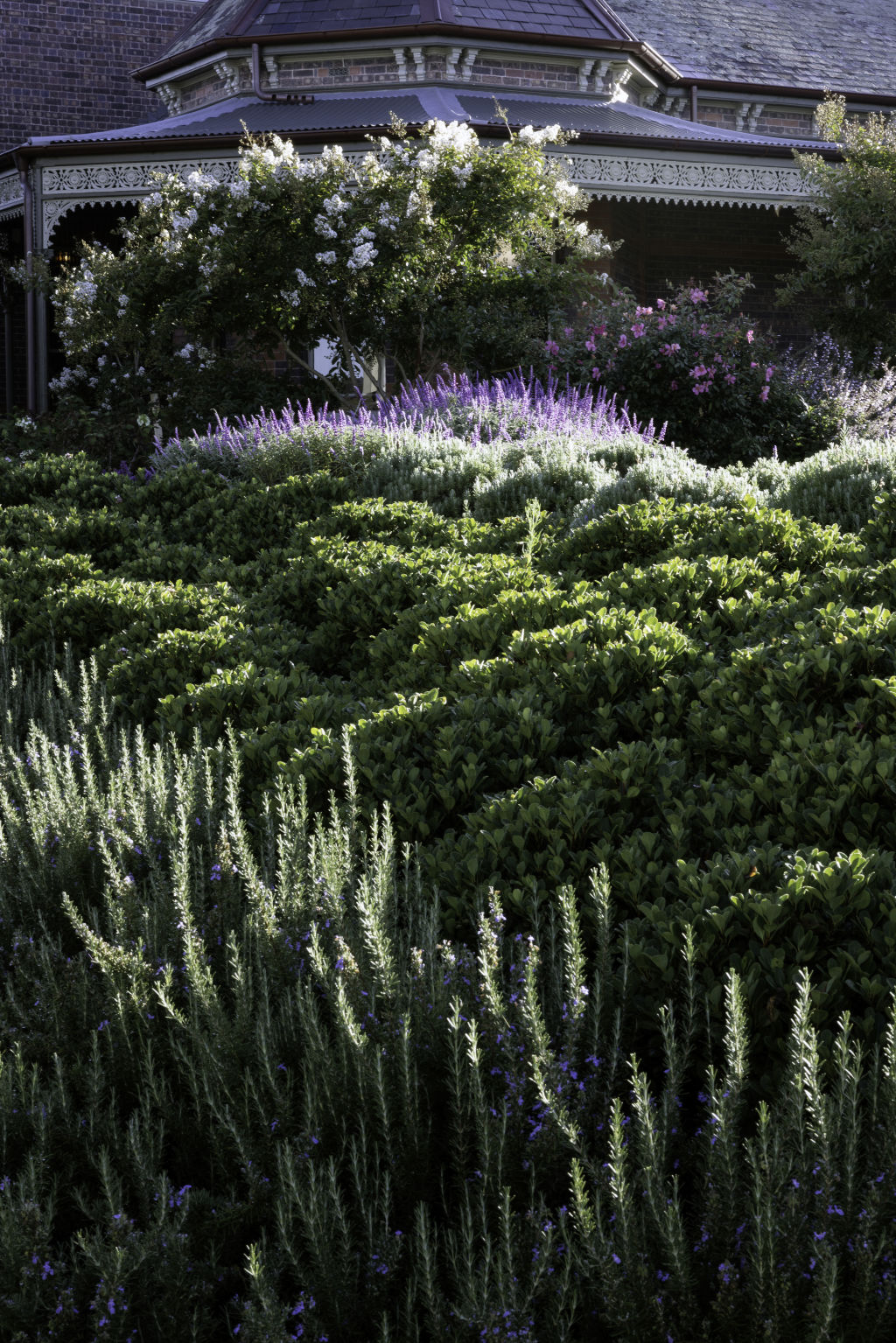
“The more complex and tech-driven the world becomes, the more we need to connect with nature,” she says. “It brings balance and beauty.
“There’s a myth that coveted suburbs like Brighton are all oversized mansions and concrete, but many significant homes are being preserved and surrounded by inspiring gardens.”
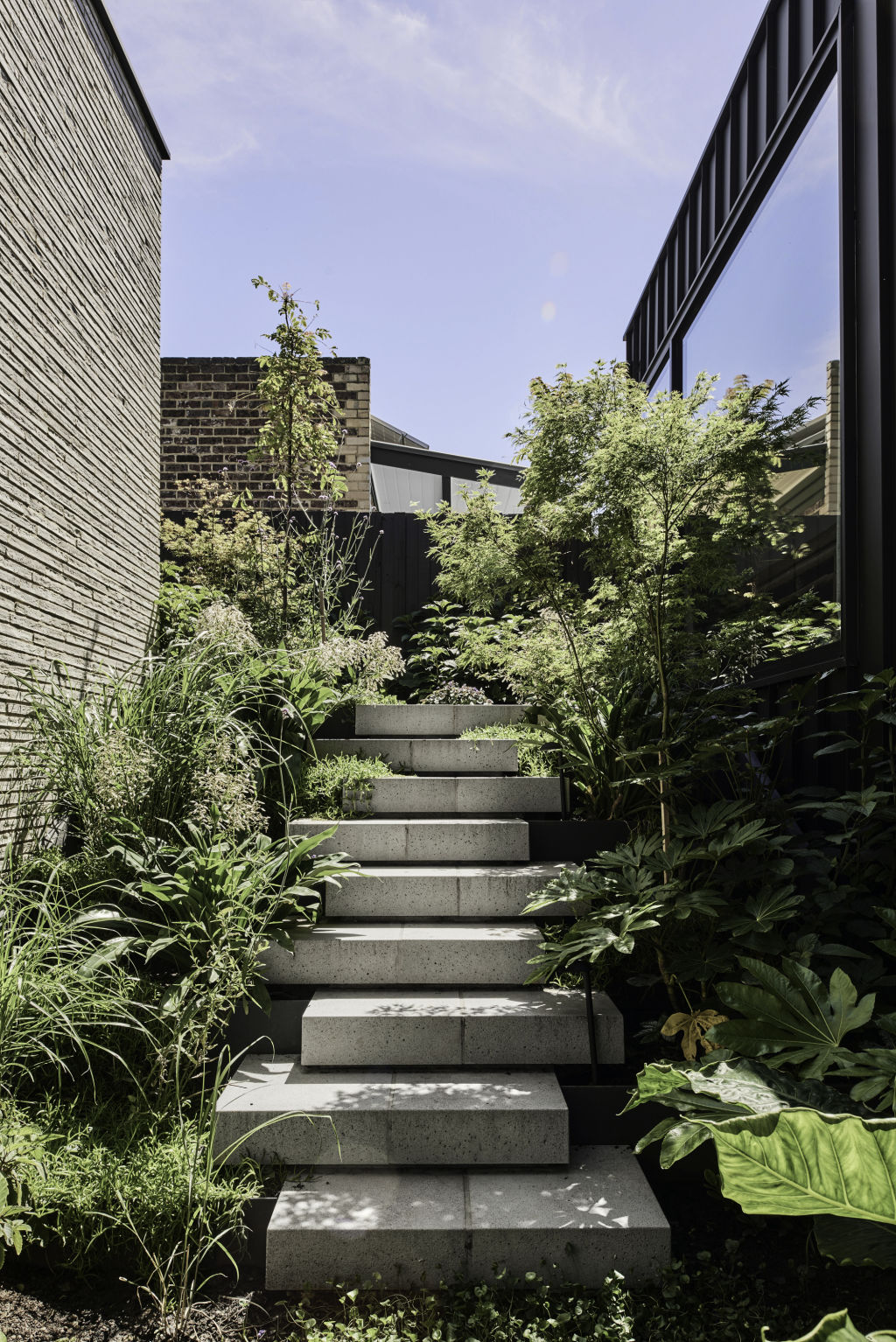
Other gardens in this year’s program echo that ethos. At Kelso, built in 1853 and one of Brighton’s oldest homesteads, Eckersley Garden Architecture has revived its farming origins with an edible garden grown from heirloom seeds.
At another property closer to the foreshore, the owners bought and cleared a neighbouring block to create an expansive garden, which Lea describes as being “full of plants that feed the spirit, just as the vegetable beds feed the family”.
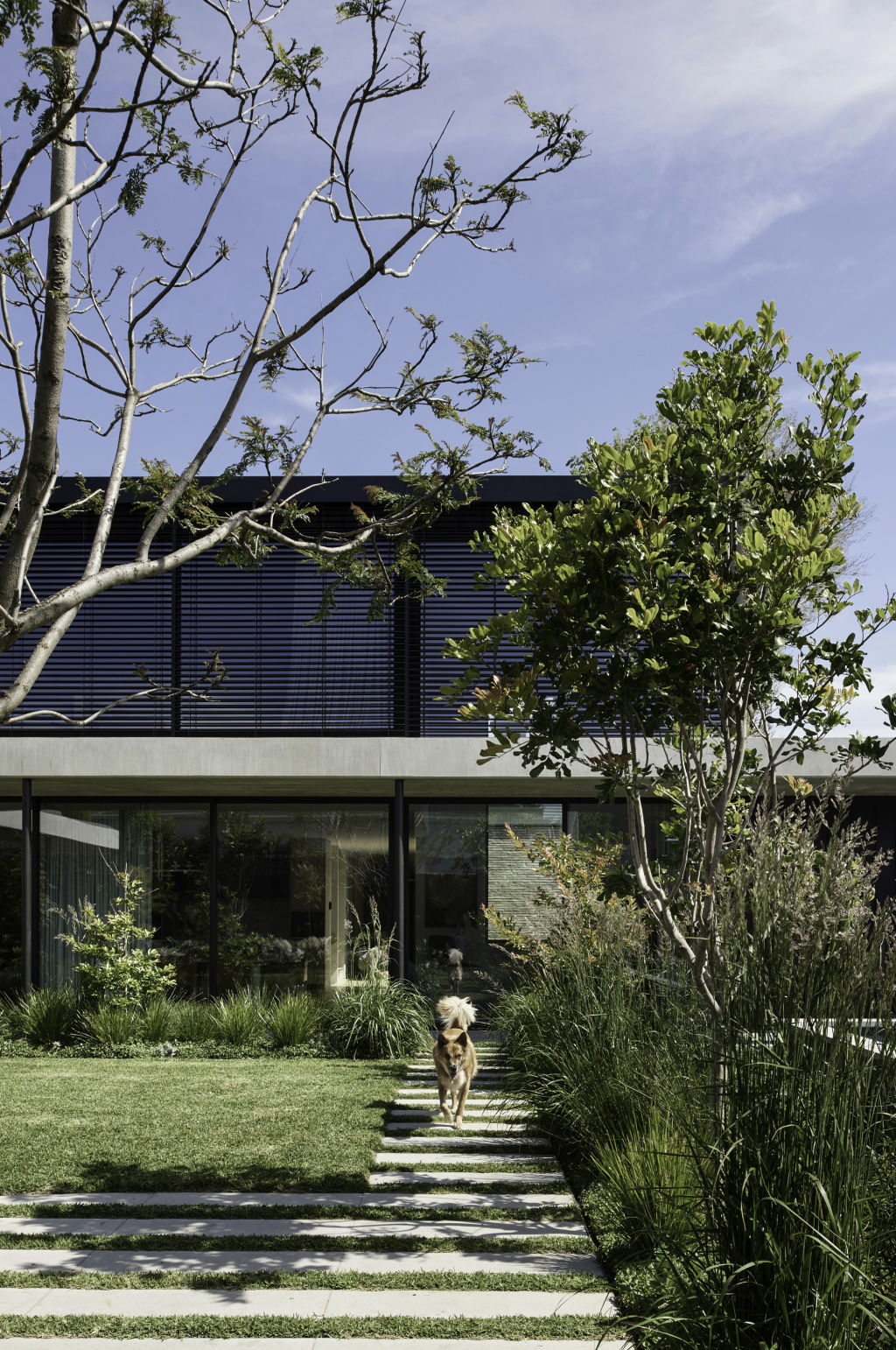
While each garden on display is unique, they all reveal a love for the natural world and the beauty and biodiversity it brings.
At Fairfield Hall, Sandra reflects that their garden was “not just for us, but for the future” – a reminder that such places are more than private luxuries; they are living legacies planted for generations yet to come.
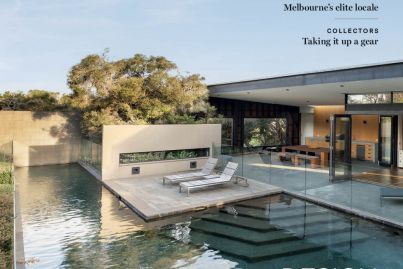

We recommend
States
Capital Cities
Capital Cities - Rentals
Popular Areas
Allhomes
More
- © 2025, CoStar Group Inc.
